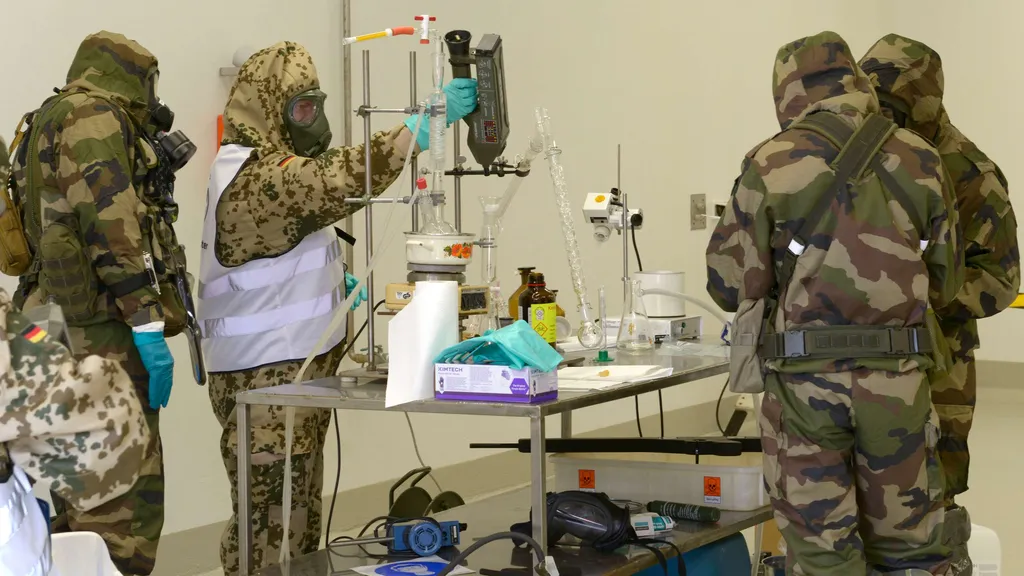Researchers from the University of the Bundeswehr Munich, including Mario Golling, Robert Koch, Peter Hillmann, Volker Eiseler, Lars Stiemert, and Andres Rekker, have published a study aimed at addressing a critical gap in the field of military simulations. Their work, titled “On the Evaluation of Military Simulations: Towards A Taxonomy of Assessment Criteria,” seeks to establish a structured framework for classifying and assessing the diverse array of military simulation systems currently in use.
Military simulations have long been a cornerstone of defence training and strategy development, with systems like the Close Combat Tactical Trainer, Joint Tactical Combat Training System, and Warfighter’s Simulation 2000 representing just a fraction of the available solutions. However, the lack of a standardized taxonomy has made it challenging for even experienced users to categorize and evaluate these simulations effectively. This fragmentation has hindered interoperability, comparative analysis, and the efficient allocation of resources within defence organizations.
The researchers propose a comprehensive taxonomy that structures military simulations into three primary categories: general functional requirements, special military requirements, and non-functional requirements. Each of these categories is further divided into subcategories, providing a detailed framework for assessment. For instance, general functional requirements might include aspects such as realism, scalability, and user interface design, while special military requirements could encompass mission-specific capabilities, threat modelling, and tactical flexibility. Non-functional requirements might address performance metrics, compatibility with existing systems, and cybersecurity considerations.
To demonstrate the practical application of their taxonomy, the researchers applied it to a concrete example: the NetLogo Rebellion simulation. This case study highlights how the proposed framework can be used to systematically evaluate a military simulation, identifying strengths and areas for improvement. By doing so, the researchers illustrate how their taxonomy can serve as a tool for both developers and end-users to ensure that simulations meet the necessary standards for effectiveness and reliability.
The implications of this research extend beyond mere classification. A standardized taxonomy for military simulations could enhance interoperability between different systems, facilitate more informed decision-making in defence procurement, and improve the overall quality of training and strategic planning. Furthermore, it could foster greater collaboration between defence organizations, academia, and industry by providing a common language for discussing and evaluating military simulations.
As defence technologies continue to evolve, the need for structured assessment criteria becomes increasingly pressing. The work of Golling, Koch, Hillmann, Eiseler, Stiemert, and Rekker represents a significant step toward addressing this need, offering a foundation upon which future advancements in military simulation evaluation can be built. By providing a clear, comprehensive framework, their research not only aids in the immediate evaluation of existing systems but also paves the way for the development of more sophisticated and effective military simulations in the future. Read the original research arXiv here.

